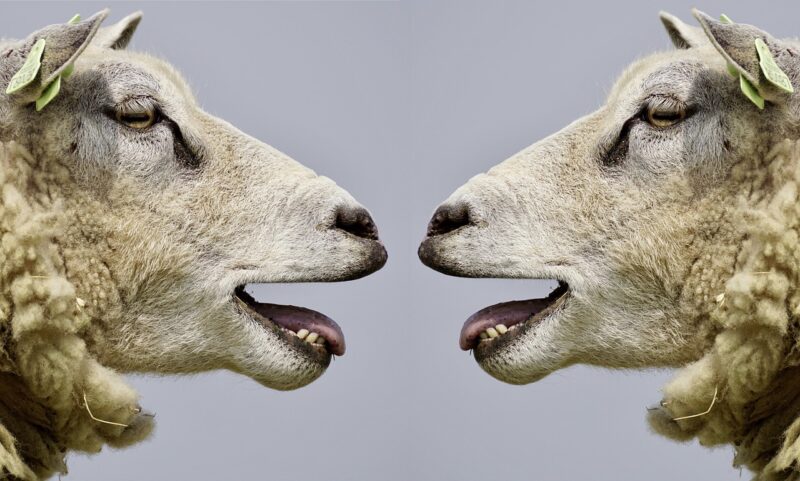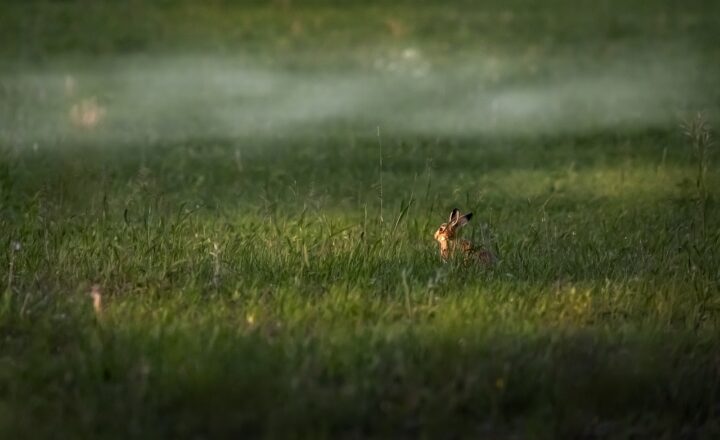The Strange Ways Animals Communicate That Scientists Are Just Beginning to Understand
November 16, 2024

Understanding animal communication has always been a fascinating area of study for scientists. As humans, we rely heavily on verbal communication, but animals have developed a myriad of fascinating methods to convey their emotions, intentions, and even warnings. From the sophisticated dances of bees to the intricate vocalizations of whales, the communication methods of animals can be strange and complex. In this article, we’ll explore some of the most unusual ways that animals communicate, delving into the science behind each method and what it reveals about their social structures, survival instincts, and cognitive abilities.
1. The Dance Language of Bees
Bees are fascinating creatures, and their method of communication might just be one of the most intriguing. When a forager bee discovers a new flower with a lucrative nectar source, it returns to the hive and performs a “waggle dance”. This dance involves moving in a figure-eight pattern while waggling its body. The direction and duration of the waggle indicate the direction and distance of the flower relative to the sun.
How It Works:
The other bees observe the dance closely, translating the movements into actionable information. This communication is crucial for the hive’s survival, allowing the worker bees to find food efficiently. Researchers have found that bees are capable of performing complicated mathematical calculations during this dance, navigating the intricacies of distances and angles with remarkable cognitive skills.
2. The Complex Vocalizations of Whales
Whales communicate through a series of complex songs and vocalizations that can last for hours. These vocalizations are not just random noises; they form intricate patterns and structures that can vary from one pod to another. For instance, Humpback whales are known for their long and melodic songs that can travel great distances underwater.
The Role of Songs:
Scientists believe that these songs serve various purposes, such as attracting mates, establishing territory, and even coordinating group hunting tactics. Each whale may modify its song, leading to a dynamic and changing form of communication that reflects social dynamics within pods.
3. The Chemical Communication of Ants
Ants are well-known for their intricate social structures, and chemical communication plays a critical role in their society. Ants release pheromones, which are chemical signals that convey information about food sources, alarms, or the need for assistance.
Trail Pheromones:
When a worker ant discovers food, it releases trail pheromones on its way back to the nest. Other ants will follow this chemical trail to the food source. Interestingly, the intensity of the pheromone trail can signal the richness of the food source. The stronger the trail, the more appealing it is to other ants.
4. The Sign Language of Gorillas
Gorillas are highly social creatures with a remarkable capacity for learning and communication. Some gorillas in captivity have been taught American Sign Language (ASL), displayed a surprising ability to convey thoughts, emotions, and desires.
Cognitive Abilities:
One of the most famous examples is Koko, a gorilla who learned over 1,000 signs. Her ability to use signs creatively demonstrated that gorillas can convey complex ideas and emotions, blurring the lines between human and animal communication. Koko often expressed feelings, asked for items, and even created unique signs for new concepts.
5. The Electric Communication of Electric Fish
Electric fish, such as the electric eel, use electric fields to communicate with one another. These fish generate electric fields that can affect other fish and reveal information about their size, species, and mating readiness.
Types of Electric Signals:
Electric fish can produce different types of signals:
- Wave signals: These are continuous and can be used for communication over long distances.
- Pulsed signals: These are more rapid and often indicate aggressive behavior or territorial claims.
The ability of these fish to detect and interpret electric fields showcases a remarkable adaptation to their environments, facilitating communication in dark and murky waters.
6. The Unique Body Language of Dogs
Dogs are known as man’s best friend, not only for their companionship but for their diverse and intricate ways of communicating through body language. From wagging tails to varying ear positions, dogs possess a sophisticated system of non-verbal cues that convey their emotions and intentions.
Reading the Signs:
For example, a high wagging tail typically indicates excitement or happiness, while a lowered tail can signal anxiety or submission. Additionally, dogs can communicate through facial expressions, eye contact, and even their posture. Understanding these signals can lead to stronger bonds between dogs and humans.
7. The Singing of Birds: A Form of Territory Marking
Birdsong is not just a beautiful melody; it plays a crucial role in communication among birds. Different species have unique songs that they use to establish territory, attract mates, and warn others of potential threats.
Species-Specific Songs:
Some birds, like canaries, have very intricate songs, with variations to show off their skills to potential mates. The complexity and clarity of a male bird’s song can indicate its strength and health, playing a pivotal role in reproductive success.
Conclusion
The strange ways animals communicate reveal the complex lives they lead and provide insights into their social structures, emotions, and survival tactics. Scientists continue to explore these unusual forms of communication, uncovering the fascinating layers of animal behavior and cognition. As we deepen our understanding of how animals communicate, we also gain a greater appreciation for the diverse and intricate connections that exist within the animal kingdom.
Ultimately, animal communication serves as a powerful reminder that despite differences in method and complexity, the drive to connect, convey messages, and maintain social bonds is universal across species. By studying and respecting these communication methods, we can take significant steps toward protecting the environments and species with which we share our planet.








